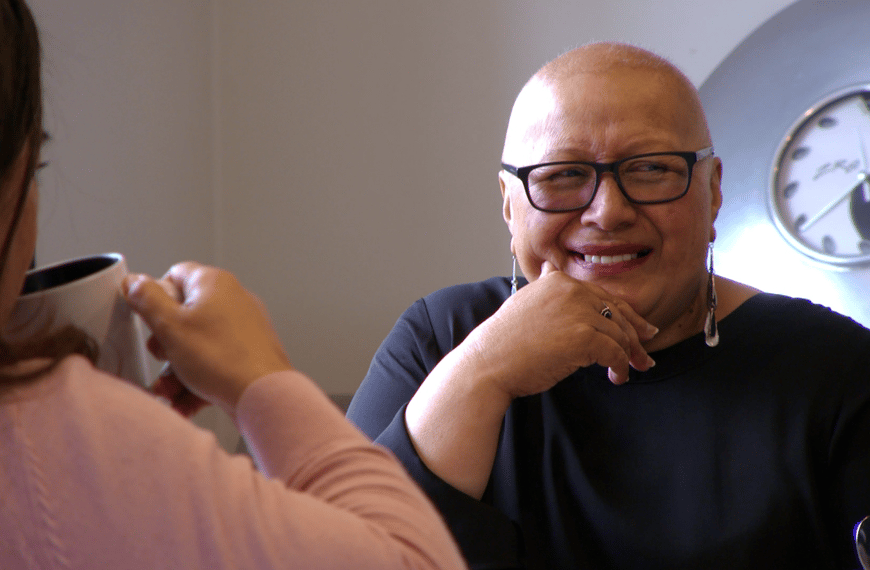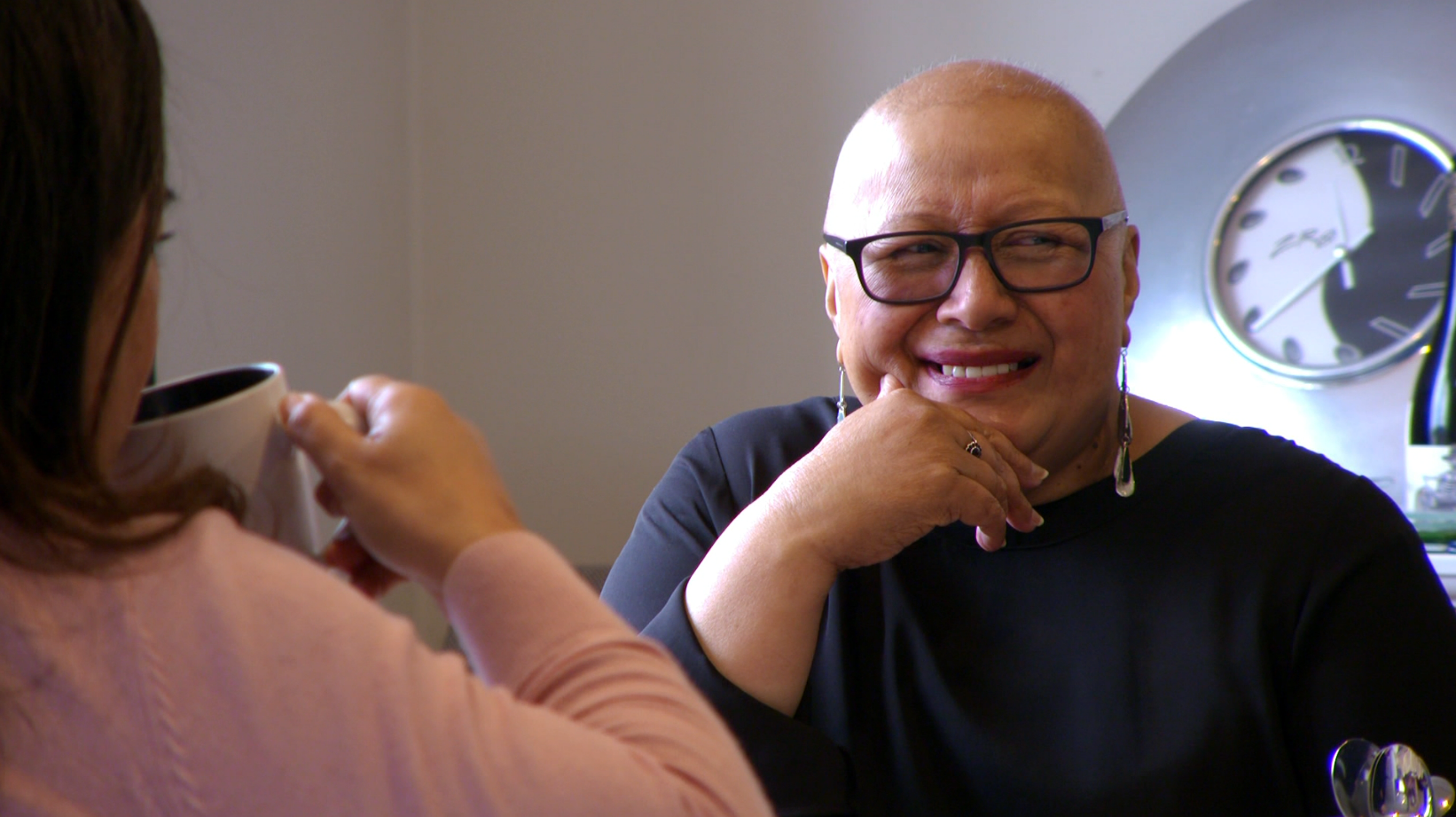Public Interest Journalism funded through NZ On Air
With Omicron cases now in New Zealand communities it’s important for people to know the tell-tale signs and symptoms of this new variant and prepare for it.
Here’s what we know:
Much has been learned from this variant based on information from overseas. All countries are different so this new information will be analysed to see how it applies to New Zealand.
This Covid variant is more transmissible and, according to the Ministry of Health, case numbers may double every 2 to 4 days.
The virus doesn’t seem to cause many hospitalizations but, because Omicron has caused so many infections in a short amount of time, the number of people going to hospital has risen steadily in other countries.
Omicron can still cause severe illness and even death, particularly in people who are at risk of severe outcomes. But a smaller number of people infected with Omicron will need to go to hospital compared to those infected with Delta.
What are the main symptoms of Omicron?
Overseas data shows that for most of the vaccinated people, Omicron feels like a heavy cold. Symptoms like fever and loss of smell and taste seem to be less common with this variant.
Omicron causes similar symptoms to other Covid variants, including Delta. In countries where the population is mostly vaccinated, some people might not have any symptoms at all. However, they will still be able to pass the virus onto others.
Health measures: how we can protect ourselves
The same measures which kept us safe against Delta are effective against Omicron. Vaccination and boosters help to reduce transmission of the virus.
We can continue to protect ourselves and our whānau and stop the transmission of the disease by following health habits such as:
- Keep indoor rooms well ventilated (eg, by opening windows and doors) where possible
- Wearing masks and face coverings, especially when physical distancing is not possible. Wear masks in confined or crowded environments.
- Physical distancing of 2m where possible
- If you feel unwell or show any symptoms, stay home. Call Healthline and get a COVID-19 test
- Use your My Vaccine Pass to scan into venues and events. MVP is a record of your COVID vaccination status
- Keep a record of where you’ve been or scan in wherever you go using the COVID Tracer app and turn Bluetooth on your phone so you can be contacted if you have been near a case.
What can we do now?
Put together a kit you can keep at home. If you’re unsure of what to put in your kit, here’s a checklist:
- Face masks
- Hand sanitiser
- Gloves
- Tissues
- Rubbish bags
- Cleaning products
- Pain relief for Covid symptoms (e.g. Paracetamol or Ibuprofen)
- Hydration (e.g. Hydralyte)
- Nasal spray
- Throat lozenges
- Cough medicine
- Vapour rubs
- Heat packs
- Thermometer
- Easy-to-heat meals
Set up a plan in case you or someone in your household tests positive for COVID-19. The entire household will need to stay home. Identify someone outside of your household who could help drop off food and supplies.
If there are individuals in your household who need extra care and support, talk to any in-home carers and set out an agreement on what will happen if you need to isolate. Also talk to your community groups, child’s school and your employers about their plans.













